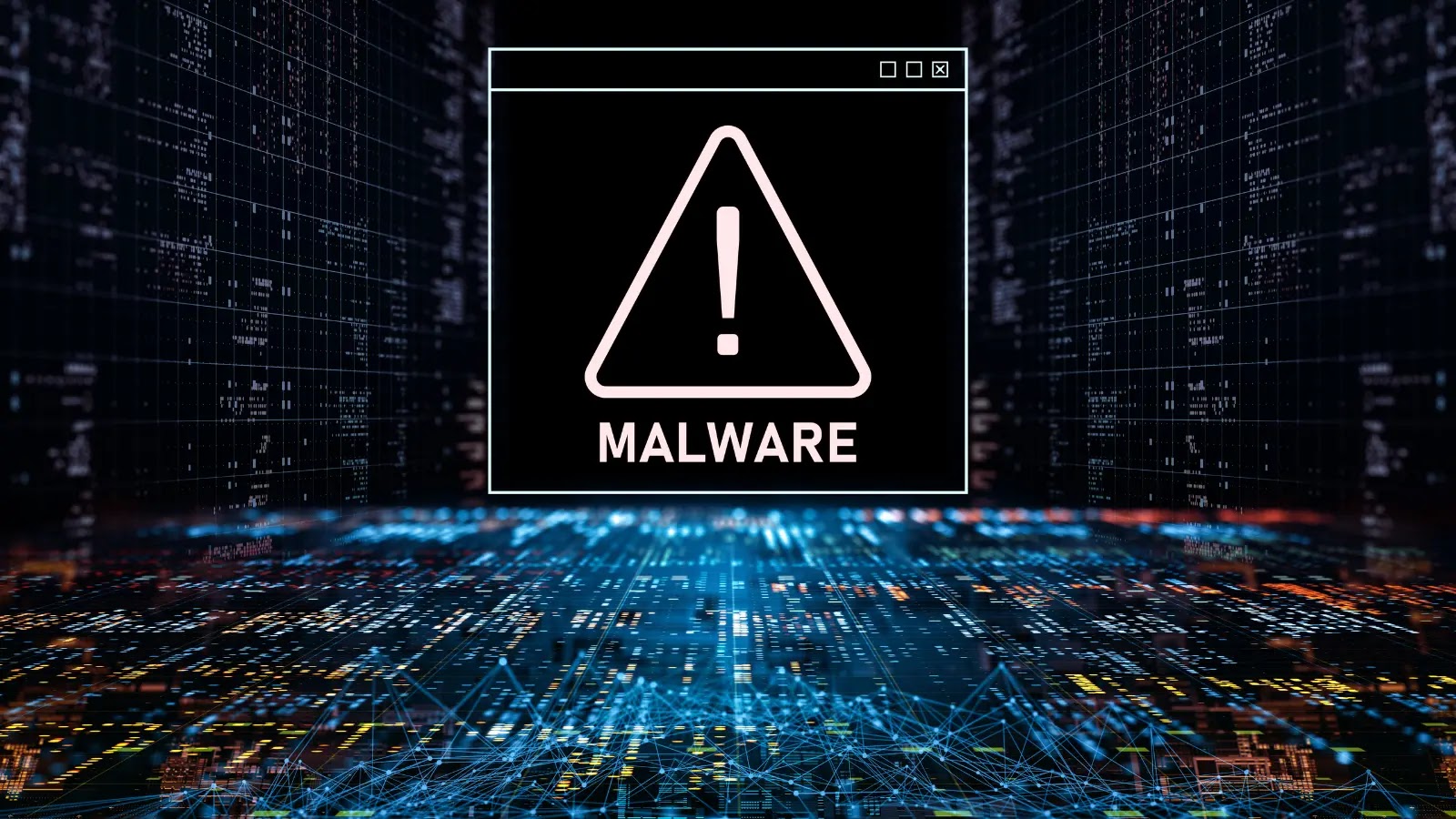Security researchers at the SANS Internet Storm Center have detected a significant spike in suspicious network traffic targeting Windows Server Update Services (WSUS) infrastructure worldwide.
The reconnaissance activity focuses specifically on TCP ports 8530 and 8531, which correspond to unencrypted and encrypted communication channels for WSUS servers vulnerable to the recently disclosed CVE-2025-59287.
This coordinated scanning campaign suggests that threat actors are actively searching for exposed systems they can compromise.
The vulnerability, officially tracked as CVE-2025-59287, represents a critical security flaw affecting WSUS servers.
Attackers exploit this weakness by establishing connections to vulnerable systems through port 8530 (for standard HTTP communication) or port 8531 (for encrypted HTTPS connections).
Once connected, malicious actors can execute arbitrary scripts on the affected server, granting them substantial control over the system and potentially the entire network infrastructure it manages.
This capability makes the vulnerability particularly dangerous, as compromised WSUS servers can distribute malicious patches to hundreds or thousands of connected computers across an organization.

Data collected from multiple firewall sensors and security monitoring networks confirmed the escalation in scanning attempts throughout the previous week.
Some reconnaissance originated from known security research sources, including Shadowserver and other cybersecurity organizations conducting authorized testing and vulnerability assessments.
However, security teams also identified scanning activity from IP addresses not associated with legitimate research efforts, indicating genuine threat actor reconnaissance operations targeting vulnerable infrastructure.
This distinction is crucial because it demonstrates that criminals are actively hunting for exposed WSUS servers rather than simply responding to research announcements.
Johannes Ullrich, Dean of Research at SANS.edu, emphasized that any organization with an exposed vulnerable WSUS server should consider their system already compromised. This stark assessment reflects the severity of the threat.
Because detailed technical information about the vulnerability has been published publicly, attackers have the knowledge and tools necessary to quickly identify and exploit affected systems.
The relatively straightforward exploitation process means that threat actors can move from initial reconnaissance to full system compromise rapidly, often within minutes of discovering a vulnerable server.
Organizations managing WSUS infrastructure should treat this threat with maximum urgency. System administrators need to verify whether their WSUS deployments are running vulnerable versions and apply available patches immediately.
Those unable to patch should implement immediate network segmentation, ensuring WSUS servers are isolated from critical systems and only accessible to authorized administrative users.
Additionally, reviewing firewall logs for suspicious connections to ports 8530 and 8531 can help identify whether systems have already been targeted or compromised by scanning activity.
Security teams should assume that any WSUS server exposed to the internet without proper authentication controls represents an immediate threat to their entire infrastructure.
Follow us on Google News, LinkedIn, and X to Get Instant Updates and Set GBH as a Preferred Source in Google.




